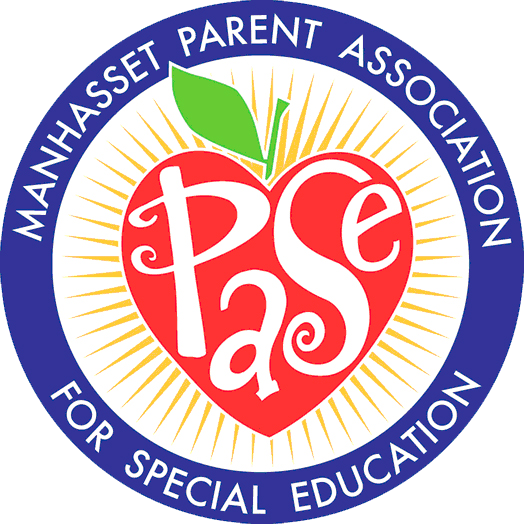Links
Websites Recommended by PASE Officers and Members:
www.ASHA.org – The American Speech-Language-Hearing Association (ASHA) offers information and web/telephone seminars on a variety of topics.
ww.autismspeaks.org – Sign-up for e-speaks newsletter from the organization dedicated to funding global biomedical research into the causes, prevention, treatments and cure for autism and to raising public awareness about autism.
www.chadd.org – National organization for Children and Adults with Attention Deficit Hyperactivity Disorder.
www.childbrain.com– Useful pediatric neurology
www.elija.org – The Elijah foundation of Long Island provides ongoing seminars and workshops to address the wide range of challenges associated with Autism Spectrum disorders.
www.feingold.org – The Feingold Association of the United States offers information on eliminating food additives to improve attention and behavior.
www.hellofriend.org – Hello Friend: Ennis William Cosby Foundation
www.interdys.org – International Dyslexia Association (IDA) www.ld.org – Sign-up for the free e-publication of the National Center for Learning Disabilities (NCLD) newsletter.
www.nfed.org – National Foundation for Ectodermal Dysplasia
www.northshorechildguidance.org – North Shore Child and Family Guidance Center, a pediatric mental health agency located in Manhasset, provides Social Skills Groups and Parent Training and has psychiatrists and social workers on staff.
www.nysaba.org – The New York State Association for Behavior Analysis, Inc.’s comprehensive website.
www.ortonacademy.org –Academy of Orton-Gillingham Practitioners and Educators
www.sensory-processing-disorder.com – A comprehensive website regarding sensory processing disorder
www.liparentcenterliu.org – Provides parents of children with disabilities with information and resources to promote meaningful involvement in their children’s education programs
www.lifesworc.org/service/family-center-for-autism-Family – Center for Autism-inclusive environment where people of all ages can explore a variety of activities and programs
